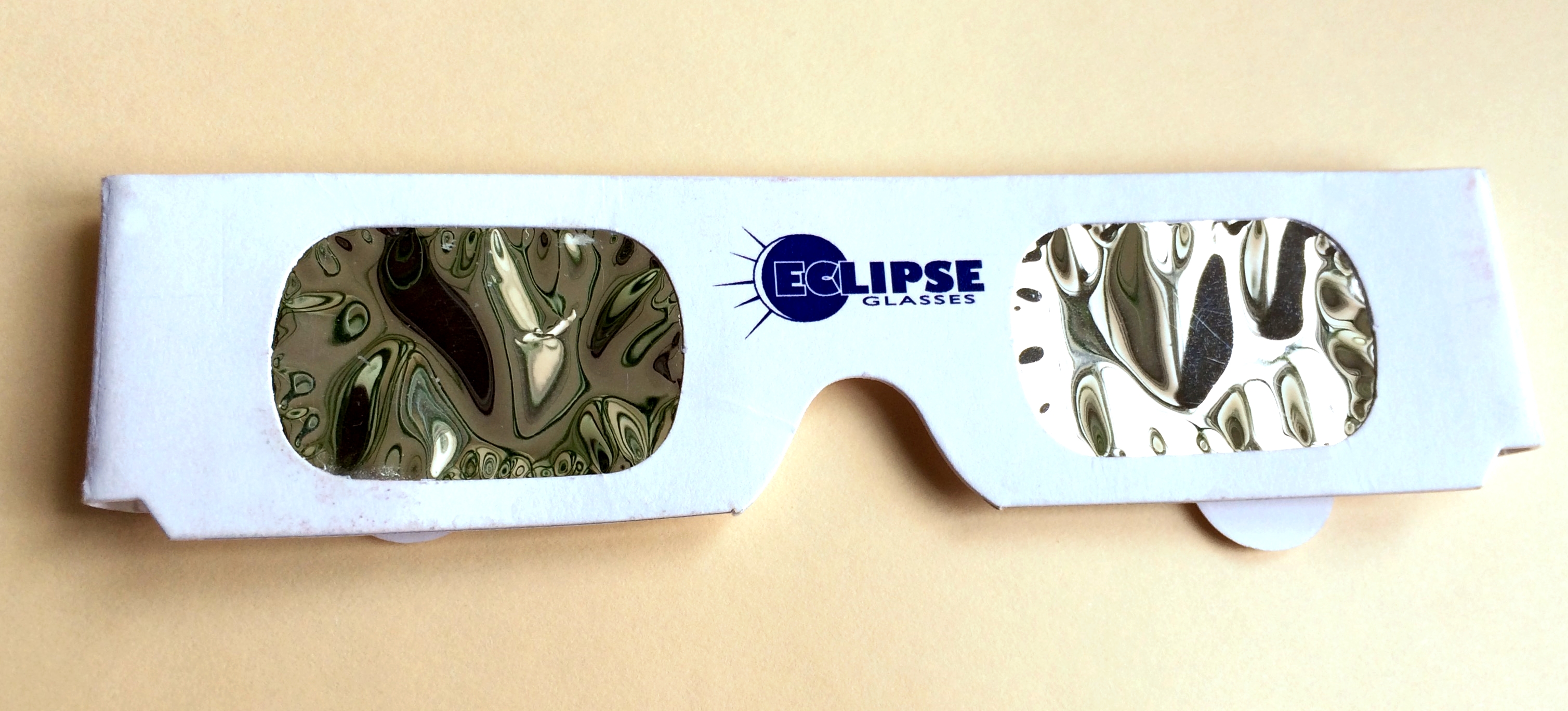School is out on April 8th due to the solar eclipse. Here's a couple of things you might want to know:
There are only 2-3 total solar eclipses a year -- where the moon completely covers the sun for a brief time. Southern Illinois has seen two in the last 7 years, 2017 and this year. According to NASA, on average, a total solar eclipse crossing the same place twice happens once every 366 years . If you want to wait for the next one, it could be awhile.
Jefferson County is in the path of the "totality" - the few minutes when the moon completely covers the sun. But the eclipse event will take several hours. The eclipse will cross over us starting about 12:42 Central time and the totality occurs about 1:58 p.m. The sun should "return to normal" by about 3:17 p.m.
The traffic? That is going to take a lot longer.
Carbondale is considered the "crossroads" of the two eclipses. Last time, most people had no idea what to expect. This time is different. Visitors are coming from all over the world.
The Illinois Department of Transportation (IDOT) website states that "crowds of 100,000 to 200,000" people are expected in southern Illinois.
Many hotel rooms and camping spots across southern Illinois have been booked for over a year.
The roads are going to be... slow going. (Think stop and go parking lots everywhere.) This is especially true in the hours after the eclipse.
It might be a good idea to get whatever errands we need to run done before the weekend comes, and fill our tanks before we're sitting in traffic.
Also make sure your headlights are on that day.
Another of those errands might include acquiring protective glasses. There are foldable paper ones in many stores in the area. But don't count on finding them next weekend. Here's an example:
 Looking at the sun without protection can damage your eyes. Looking at the eclipse is much more dangerous. Eclipse glasses are designed to protect our eyes.
Looking at the sun without protection can damage your eyes. Looking at the eclipse is much more dangerous. Eclipse glasses are designed to protect our eyes.
Eclipse glasses are designed to attenuate, or filter out, the portions of the solar spectrum, like Ultraviolet and infrared light wavelengths, as well as the visible light, that could injure the eye.

